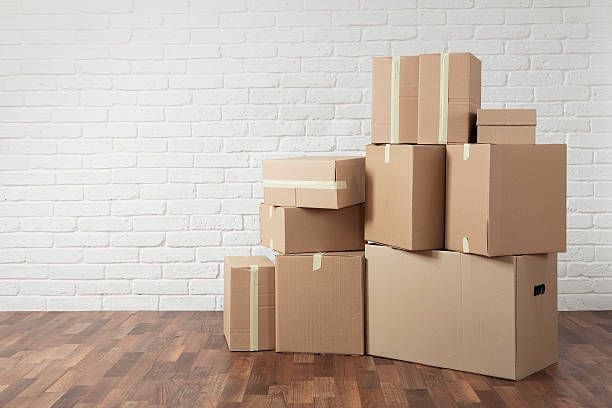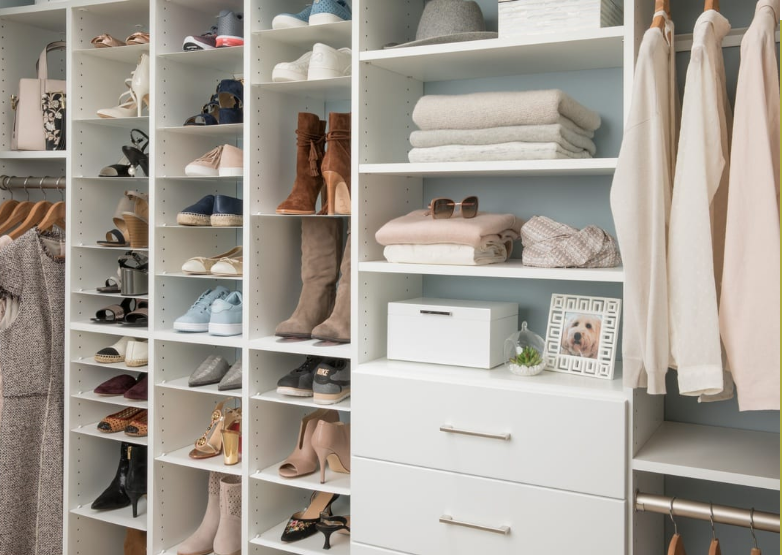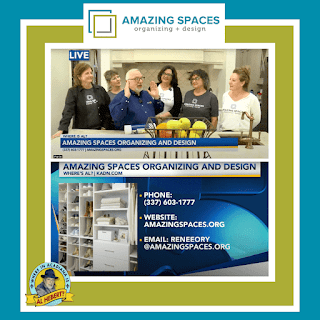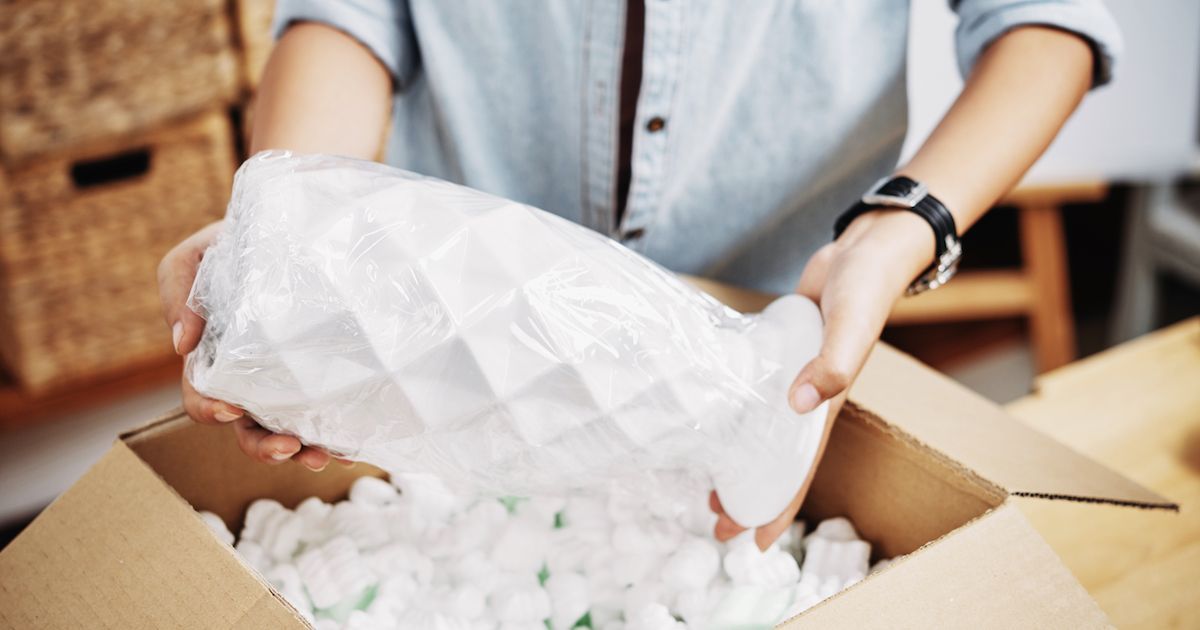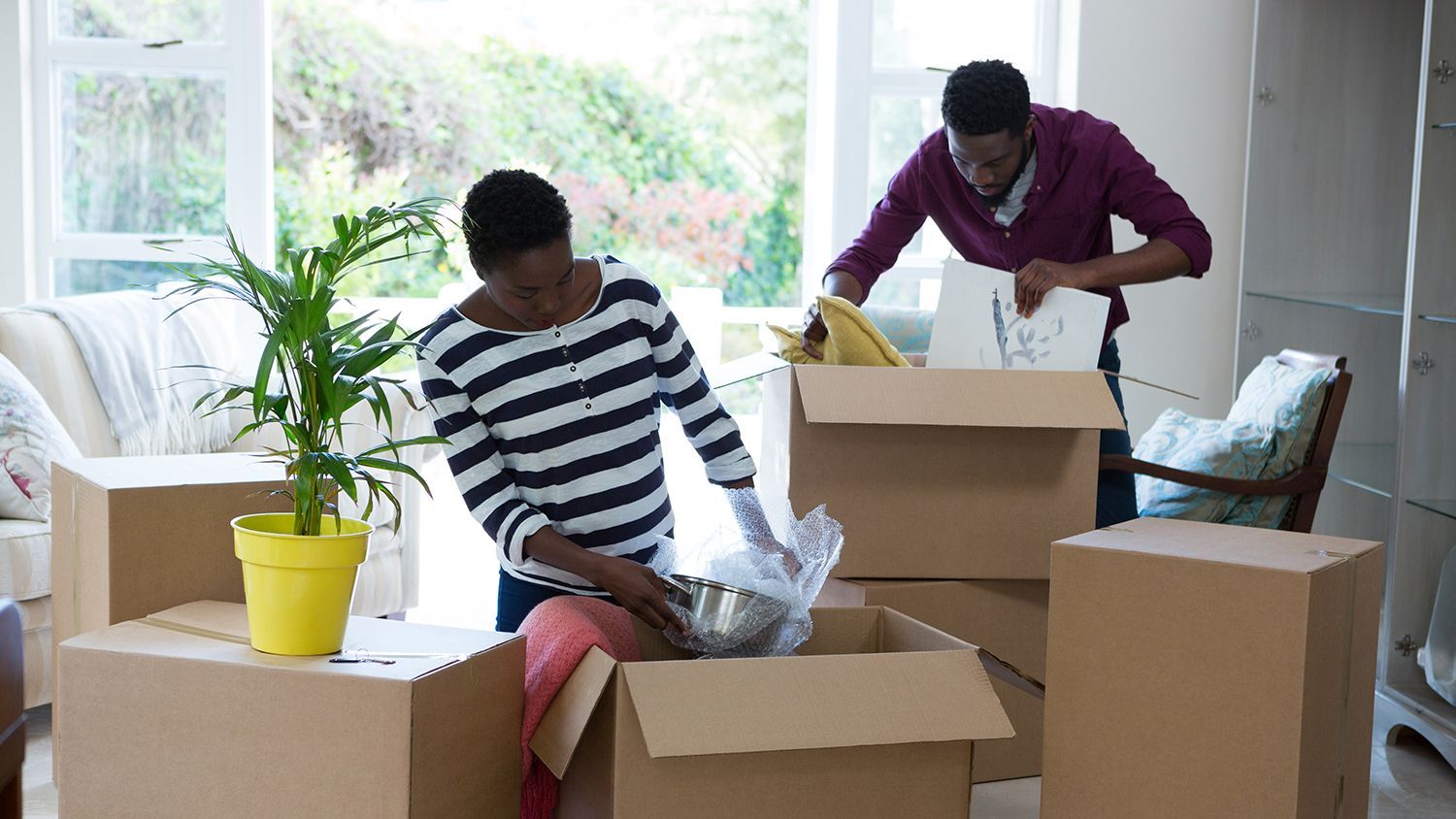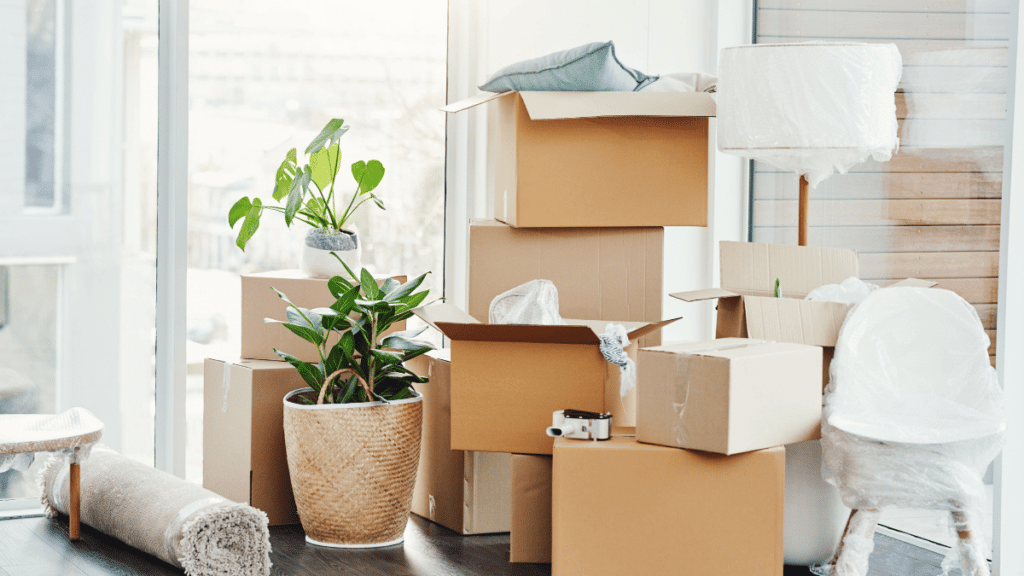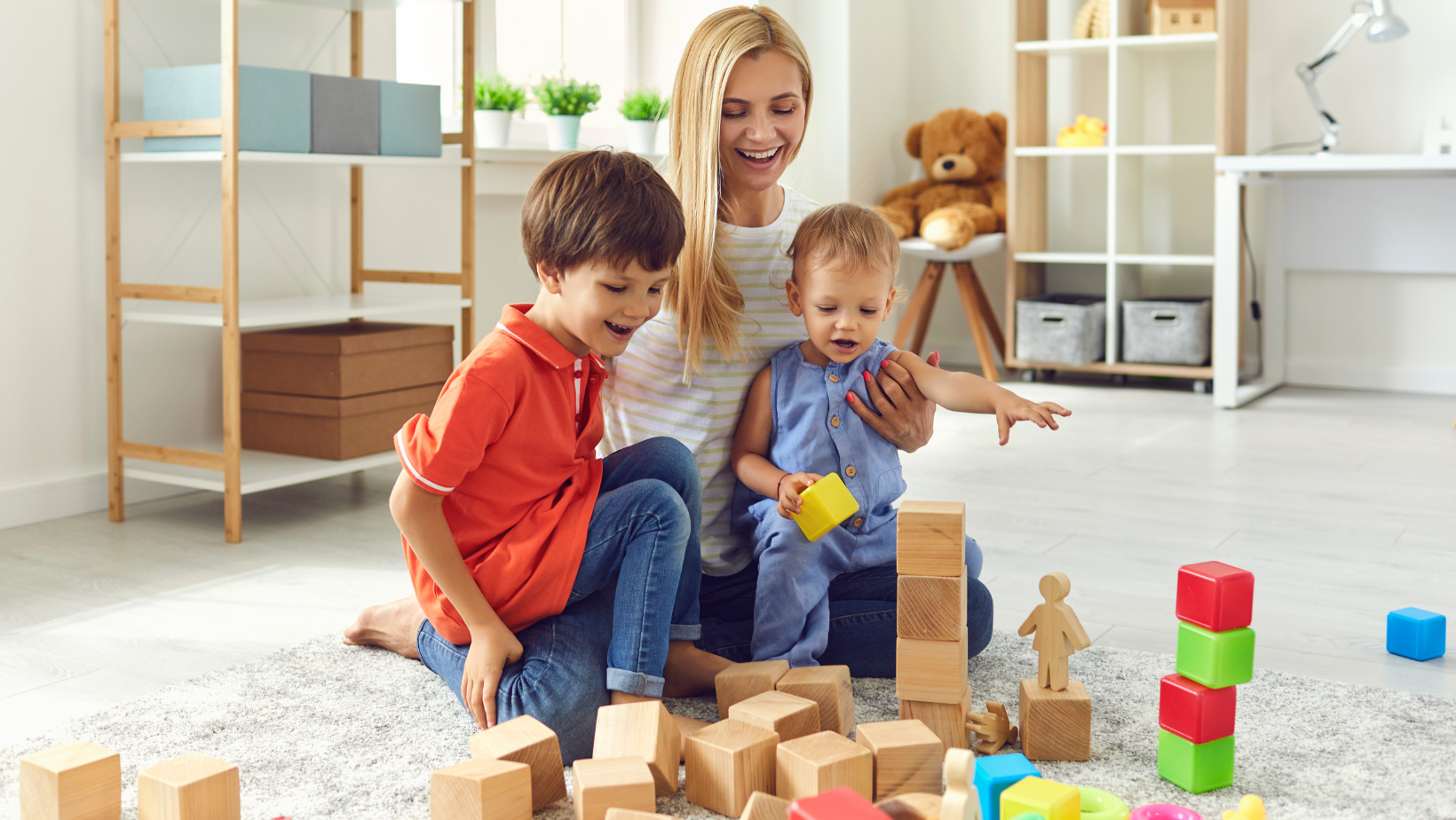Uncover the Deeper Impact of Clutter
Uncover the Deeper Impact of Clutter
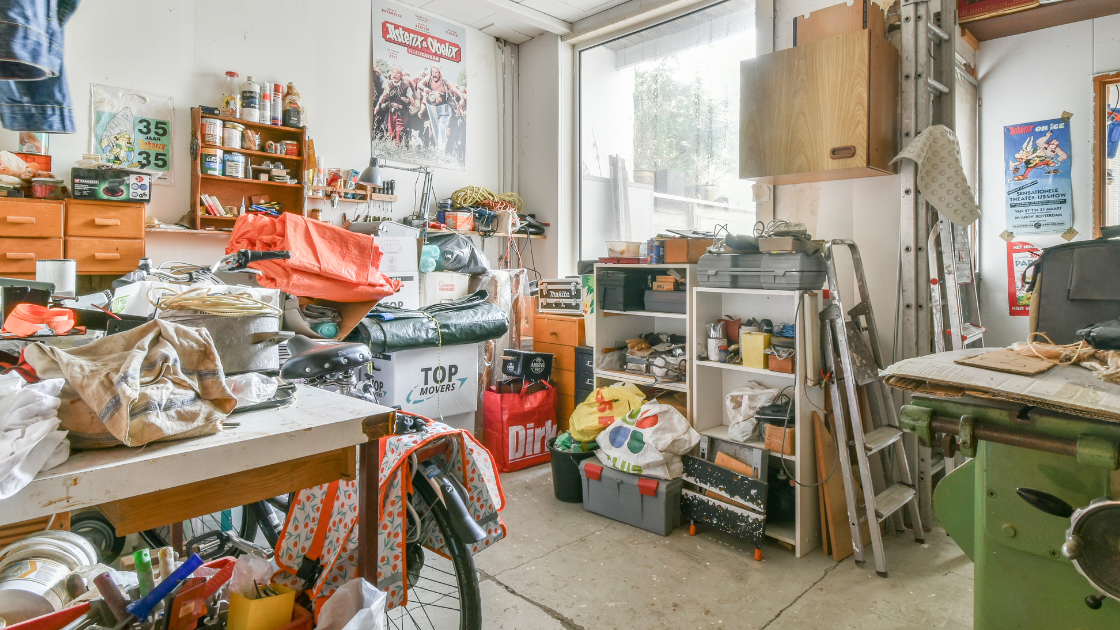
Clutter is rarely just about having too much stuff. It’s often a reflection of deeper emotional struggles, mental health challenges, or unresolved issues. When we help our clients with clutter, we understand that it’s not just about tidying up their homes—it’s about addressing the underlying reasons clutter accumulates and how it impacts their minds. Through our work, we aim to create more than just organized spaces; we help our clients reclaim their peace of mind and embrace their present lives.
Why Clutter Accumulates: How We Guide Clients Through It
1. Emotional Attachment
Many of our clients find it difficult to let go of items because of the emotional connections they have to them. Whether it’s inherited items, gifts from loved ones, or keepsakes that hold sentimental value, the thought of parting with these objects can be overwhelming. Often, they hold onto items out of a sense of responsibility, believing that the memory or love attached to the object will be lost if they let it go.
How We Help:
We help our clients reframe their relationship with sentimental items. Instead of thinking that memories live in the objects, we remind them that memories live within them. We guide them through keeping a select few items that truly hold meaning, while helping them find peace in donating, repurposing, or letting go of the rest. It’s about honoring the memory without feeling trapped by the past.
2. Over-Purchasing
For some clients, clutter builds up because shopping becomes a coping mechanism. Whether it’s stress, loneliness, or boredom, they use buying new items as a form of instant gratification. Sometimes, they purchase things for an idealized version of themselves—items they think they should have or use, but that they never integrate into their lives.
How We Help:
We help our clients become more aware of their buying habits. We introduce the “one in, one out” rule, where for every new item they purchase, they must let go of something similar. We also encourage them to make a shopping list and pause before making impulsive purchases. By raising awareness and creating systems, we empower our clients to reduce their accumulation of unnecessary items.
3. Lack of Time or Energy
Life can be hectic, and for many clients, keeping their home organized simply doesn’t feel like a priority. Work, family responsibilities, and other life stressors take precedence, leaving no time or energy for decluttering. Before they know it, small piles of clutter turn into overwhelming stacks.
How We Help:
We break the decluttering process down into manageable steps for our clients. Instead of looking at the task as “declutter the whole house,” we guide them to start small. Whether it’s one drawer, one box, or one category at a time, we make the process feel less daunting. We also offer professional organizing services to ease the mental burden and take the weight off their shoulders.
4. Decision Fatigue
Decluttering involves a lot of decision-making: What to keep, what to donate, what to throw away? For many clients, making these decisions can be mentally exhausting, especially when dealing with sentimental items or expensive purchases. The result is often indecision and avoidance.
How We Help:
We provide structured decision-making frameworks to help our clients through this process. Simple questions like, “Do I love it? Do I use it? Would I buy it again?” help clients make decisions more confidently. By offering reassurance and sometimes permission to let go, we alleviate the stress that comes with constant decision-making.
5. Mental Health Factors
Mental health struggles like anxiety, depression, ADHD, and trauma can contribute to clutter. For some clients, their clutter is a result of a lack of motivation or difficulty focusing, making organization feel impossible. Inherited items can also trigger grief, making it even harder to part with belongings.
How We Help:
We approach organizing with empathy and understanding. We recognize that mental health challenges are often at the heart of clutter, and we create a supportive environment where clients can move through the decluttering process at their own pace. For some, working in short, focused sessions helps prevent emotional exhaustion. We also suggest therapy or counseling if deep emotional distress is involved. Our goal is always to help our clients feel supported and empowered throughout the process.
The Mental and Emotional Toll of Clutter: How We Address Its Impact
1. Increases Stress & Anxiety
A cluttered home can create a constant state of stress. For many of our clients, their homes feel chaotic instead of restful. Clutter is a constant reminder of unfinished tasks, leading to feelings of being overwhelmed and out of control.
How We Help:
By implementing simple, easy-to-maintain systems, we help our clients regain a sense of control over their spaces. A well-organized home brings peace of mind and helps reduce stress, allowing our clients to feel calm in their environment.
2. Reduces Focus & Productivity
When surrounded by clutter, it’s hard to concentrate. Our brains process clutter as “unfinished business,” which can lead to distractions and mental fatigue. This is especially true for clients who work from home, where their environment directly impacts their productivity.
How We Help:
We encourage our clients to declutter areas where they work or spend a lot of time. Even small changes, like organizing a desk or clearing a shelf, can significantly improve focus and productivity. By creating a clean, organized workspace, clients often find it easier to concentrate and complete tasks.
3. Impacts Mood & Mental Well-being
Clutter can have a negative impact on mood and mental health. Many clients feel frustrated, guilty, or even ashamed of their clutter, and may not even realize how much it’s affecting them until it’s gone. For those dealing with inherited items, emotions like sadness or resentment can also be present.
How We Help:
We remind our clients that letting go of items doesn’t mean they’re forgetting the people or memories attached to them. We help them create space for positive emotions and new experiences, which can lead to a sense of relief and an improved mood.
4. Disrupts Sleep
A cluttered bedroom can interfere with relaxation and sleep. The mind associates mess with stress, making it harder to unwind and fall asleep. Clients often struggle with piles of “to-do” items in their bedroom, which subconsciously signals that there is more work to be done.
How We Help:
We help our clients create a minimalist, organized sleep environment. By decluttering even just one small area—such as a nightstand or closet—we help them create a space that encourages rest and relaxation, improving their overall sleep quality.
5. Prevents Forward Progress
Clutter can cause stagnation. For some of our clients, clutter represents unfinished dreams or goals. It can symbolize missed opportunities—like clothes they wanted to fit into, supplies for hobbies they never started, or books they’ve yet to read. This emotional baggage can prevent them from moving forward.
How We Help:
We help our clients align their possessions with their current and future selves. By letting go of what no longer serves them, clients create space for personal growth and transformation. We help them see that letting go can be a liberating step toward new opportunities and experiences.
Our Approach to Helping Clients Declutter
Each client is unique, and so is their approach to decluttering. Here are some strategies we use to help clients make lasting changes:
- The “Honor, Don’t Hoard” Mindset
We guide clients through honoring memories attached to objects, but not hoarding them. We encourage them to select meaningful items and create ways to honor their memories, like a memory shadow box or album. - The “Would They Want This for You?” Perspective
When clients feel guilt about inherited items, we remind them that their loved ones wouldn’t want them to feel burdened. We help them focus on the love and memories, not just the physical possessions. - The “One In, One Out” Rule
For clients who struggle with over-purchasing, we introduce the “one in, one out” rule. This helps prevent more items from entering the home while encouraging mindful decision-making. - The “Use It or Lose It” Test
We help clients evaluate whether an item is truly useful or just taking up space. If they haven’t used it in six months, we suggest letting go of it. - The “Take a Picture” Method
For clients attached to items for their memories, we recommend photographing them and creating a digital memory book. This allows them to preserve the memory without the clutter.
Final Thoughts
At the core of our work, we know that clutter isn’t just about physical things—it’s about emotions, habits, and mindset. By helping our clients address the emotional and mental impact of clutter, we support them in creating spaces that nurture peace of mind and encourage forward progress. Whether through structured systems or emotional guidance, we provide the tools and support to help our clients move from chaos to calm.
Through a balance of practical strategies and emotional support, we empower our clients to let go of what no longer serves them and create the space for a more peaceful, organized, and fulfilling life.
Let's Get Organized!
Amazing Spaces is a professional organizing and design company founded in 2003. We help our clients organize,
downsize, declutter, pack, unpack, and design their space to make time for what truly matters.
Amazing Spaces brings simplicity and order by drastically reducing stress and improving our client’s environment.
Our organization and design specialties inspire our clients to integrate new systems into their lives that sustain their
lifestyle beyond our sessions. Regardless of how large or small a space, we see past the clutter and create more
functional and lasting results.
Amazing Spaces is Acadiana’s First Professional Organizing Company.
Learn more at amazingspaces.org
